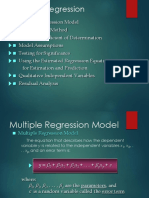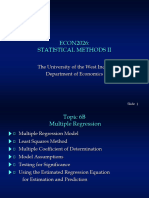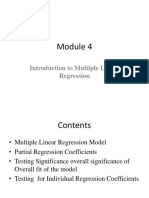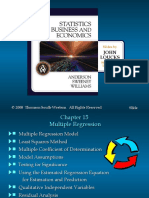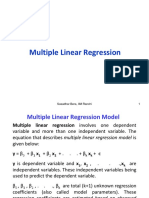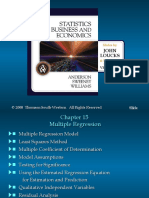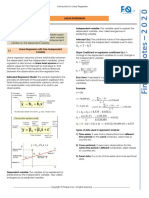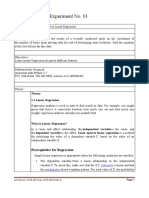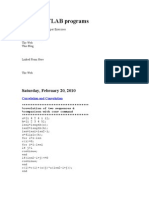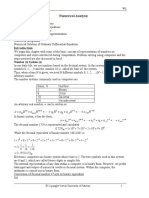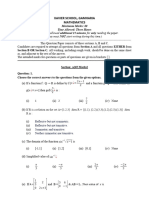0% found this document useful (0 votes)
26 views60 pagesMultiple Regression Analysis Guide
multiple regression topic of ba
Uploaded by
20BCC535 SAIMAHARAJ GCopyright
© © All Rights Reserved
We take content rights seriously. If you suspect this is your content, claim it here.
Available Formats
Download as PDF, TXT or read online on Scribd
0% found this document useful (0 votes)
26 views60 pagesMultiple Regression Analysis Guide
multiple regression topic of ba
Uploaded by
20BCC535 SAIMAHARAJ GCopyright
© © All Rights Reserved
We take content rights seriously. If you suspect this is your content, claim it here.
Available Formats
Download as PDF, TXT or read online on Scribd
/ 60


